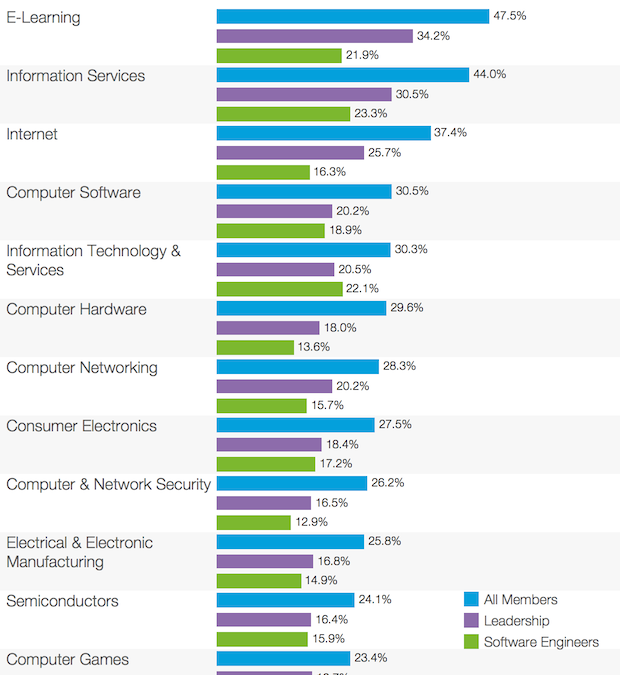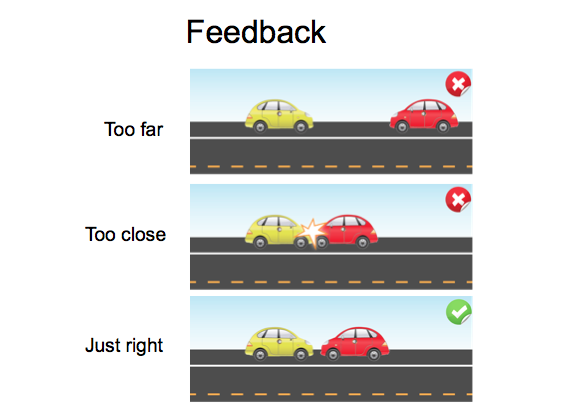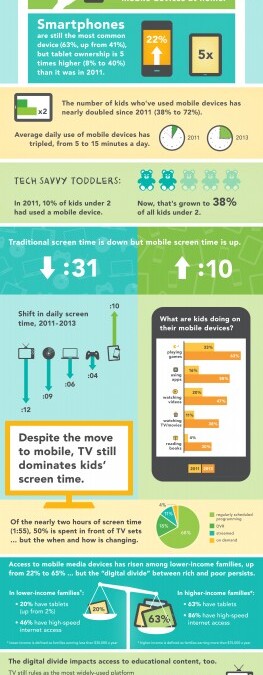
by Annie | Oct 28, 2015 | Education, Game Design
I recently attended at an event in the Bay Area for prospective Vancouver Film School students as an alumni speaker. It’s rare in life that you have a chance to deeply reflect on the experiences that have shaped your career and life, which is why I so enjoyed this event. Out in the crowd, I saw myself from several years ago, eager and anxious, and with a burning passion and dream to make a difference. Now that I’ve made it through the rigorous VFS experience, I can say that that intense year has had a profound and lasting impact on my career, the opportunities that have come my way, and the successes I’ve experienced. Check out the full presentation, and feel free to reach out if you want to hear more....

by Annie | Sep 9, 2015 | Education, Game Design, Interaction Design, Product Design, Psychology of Games
Early on in parenthood, I thought I’d somehow magically received the perfect child. He was no picky eater, rather quite the opposite. He was into steak, broccoli, watermelon, pretty much anything we put in front of him. …and then that phase ended. Nowadays, we spend dinnertimes bargaining, pleading, and joyfully cheering when even a single bite makes it down the hatch. Contrast that with the time he spends in front of a mobile device, wholly sucked in and willing to do anything to progress the game or storyline. That’s where new innovations like Yumit come in. Yumit is an interactive dinner tray that reinforces healthy eating habits by converting actual bites into virtual energy. Whether this actually has long term effects on kids’ experience and interaction with food remains to be seen. But more and more, the lines are being blurred between reality and the virtual world, which isn’t always a bad thing. After all, people are often much more engaged when cleaning a virtual room through a game than cleaning their actual room. Why? Because we all crave feedback for our actions, and online worlds often provide that instantaneous feedback to let us know the path toward a desired behavior. As for parenting, I’m on the fence as to whether I’ll try something like Yumit. While it may instantly boost veggie consumption, I’m curious about the lasting effects. But hey, I guess even one broccoli happily ingested is a...

by Annie | Jun 17, 2015 | Design, Game Design, Instructional Design, Tech
I’ve been part of the tech industry off and on since 2006, and in that time, I’ve had the opportunity to work with a lot of talented and passionate people, most of them men. This is pretty typical for the tech industry, especially in game development, in which the percentage of women is lowest amongst all other tech fields. I’ve experienced firsthand the impact that gender equality can have on team dynamics. I’ve been on teams in which I was the only female, which, I’m proud to say, taught me how to drink beer and enjoy it. I’ve also been on teams with much smaller or nonexistent gender gaps, and for me, as a woman, the difference is palpable. According to the latest data, while game development has the lowest percentage of women amongst the tech industry, elearning has the highest percentage, which means I’ve now been on both ends of the spectrum. Each team composition brings out a different side of myself, but regardless of the gender makeup, I continue to push myself to be the best I can be. So while I love my sisters in tech, I’m also a fan of the brogrammers. Check out the full breakdown of the gender diversity data from this post on Measuring Gender Diversity with Data from...

by Annie | Feb 13, 2014 | Game Design, Instructional Design
Ah, eLearning. Unfortunately, when most people come across that term, they immediately groan and roll their eyes, recalling that last boring mandatory online training course in which they spent an hour reading a bunch of seemingly irrelevant text on screen and learning nothing to apply to their day-to-day jobs. But this doesn’t have to be the way it is. Increasingly, eLearning is moving away from the traditional model of content presentation followed by a skills test. Instead, training courses are becoming more exploratory, allowing the learner to try their hand at a real world challenge, make mistakes, and learn the information relevant to the task. Take the example of teaching a learner to use jumper cables. The traditional approach would be to provide learners a manual to read, maybe with a few graphics illustrating the process. If you’re really lucky, you might watch a video showing someone else completing all the steps. However, this doesn’t provide learners with any practice in applying the information and doesn’t provide intrinsic feedback that points to the real world consequences of the learner’s actions. Instead of telling and then testing, exploratory eLearning flips the traditional model on its head. Test first, then tell. In other words, start with the challenge up front, then provide the content in feedback relevant to the learner’s mistakes. In this example, the learner might be tasked with parking their car the correct distance away from the dead car. If the cars touch, they might get a spark and hear a crash. After correctly parking your car, the eLearning might move to a view of the car engines and...

by Annie | Jan 14, 2014 | Game Design, Instructional Design
Last week, I started my new position as an instructional designer with Allen Interactions, a company on a mission to wipe out boring online learning. With my interests in education and design, you’d think I would’ve stumbled into instructional design earlier. And in fact, I did briefly consider a career in instructional design before but shied away due to the boring e-learning courses that have become the stereotype in instructional design. I didn’t want to spend my days working on boring courses that people would dread taking, writing walls of text to throw in front of people, and utilizing the same ineffective training models again and again. Boring for them, boring for me. Thankfully, my interpretation of the field of instructional design was a bit off, or at the least, not universally applicable. Though there will always be boring e-learning courses out there (I’m sure you’ve taken one or two), there are an increasing number of engaging, interesting, and effective e-learning courses impacting every field from sales and marketing to health and education. And that’s why I’ve joined the field. One way that these courses are becoming more engaging is through adopting game design principles to create effective game-based learning. The term “gamification” is often thrown around in corporate meetings these days, both as a way to increase customer retention and to more effectively train internal employees. If you think about it, using games to teach makes a lot of sense. All games aim to teach the player something or other, whether it’s how to solve a puzzle or how to make your character jump, so why not use that...

by Annie | Oct 30, 2013 | Game Design
It’s no surprise, but children’s use of mobile devices is on the rise, with most of them using mobile devices to play games. Check out Common Sense Media’s latest...







